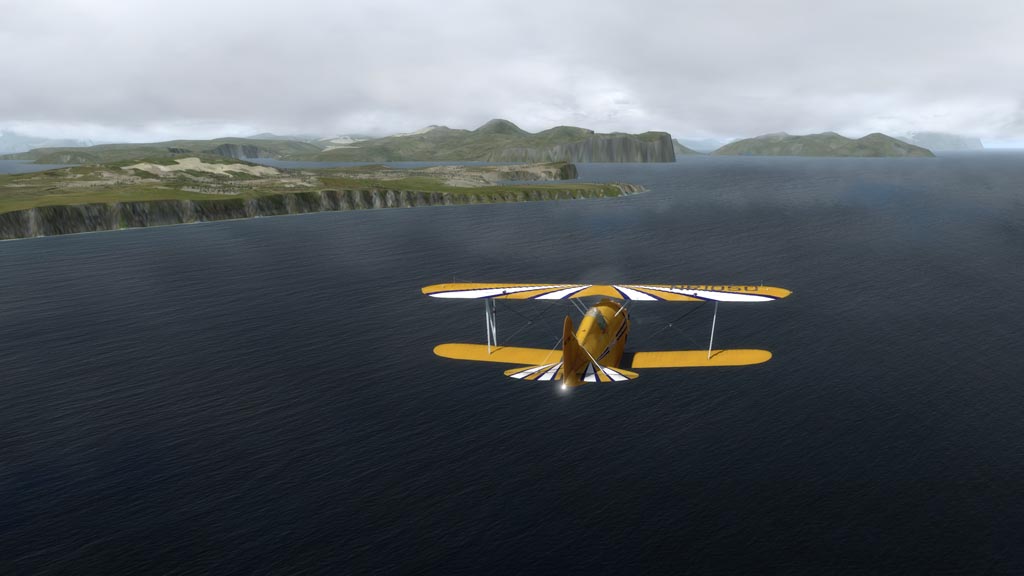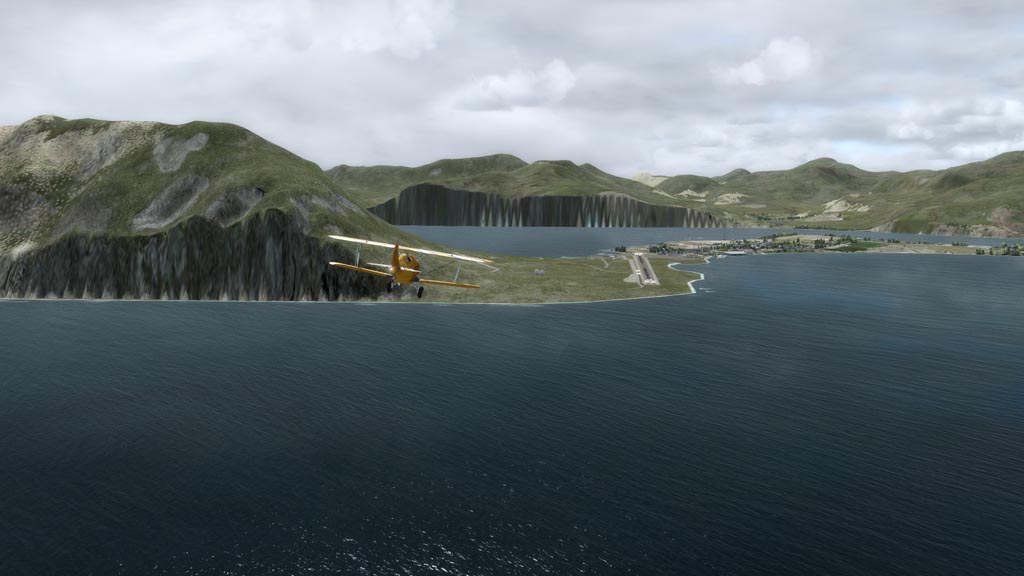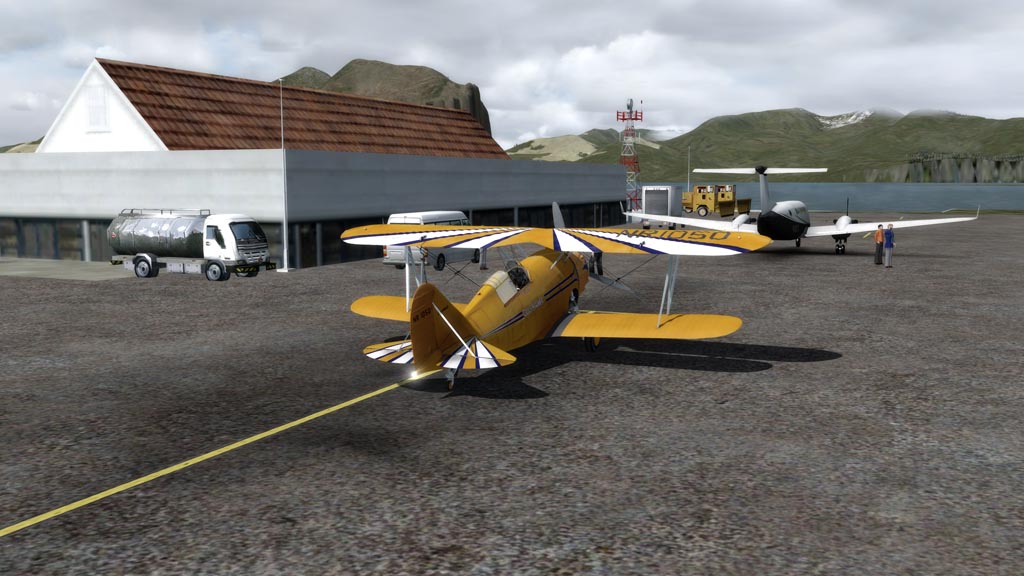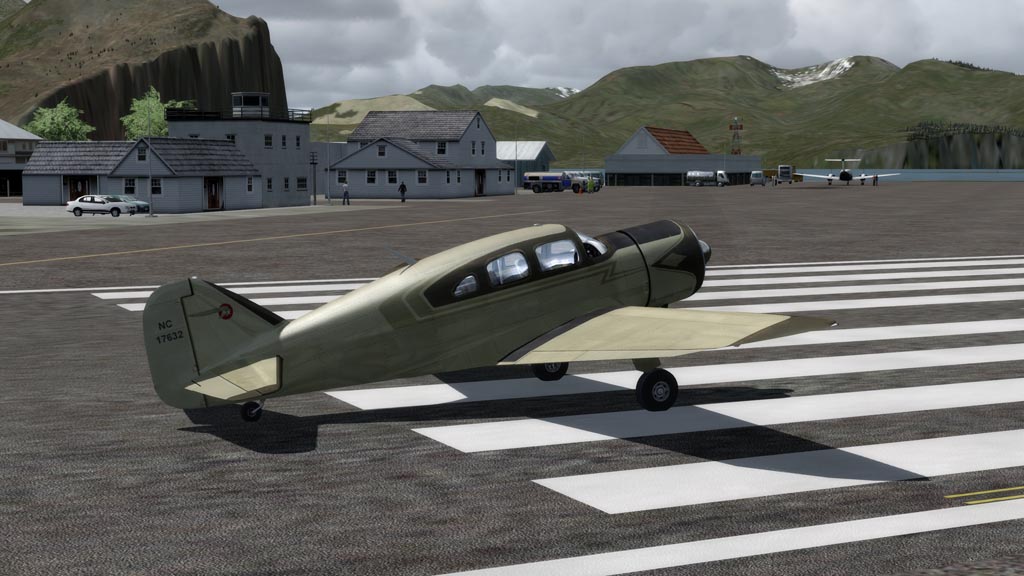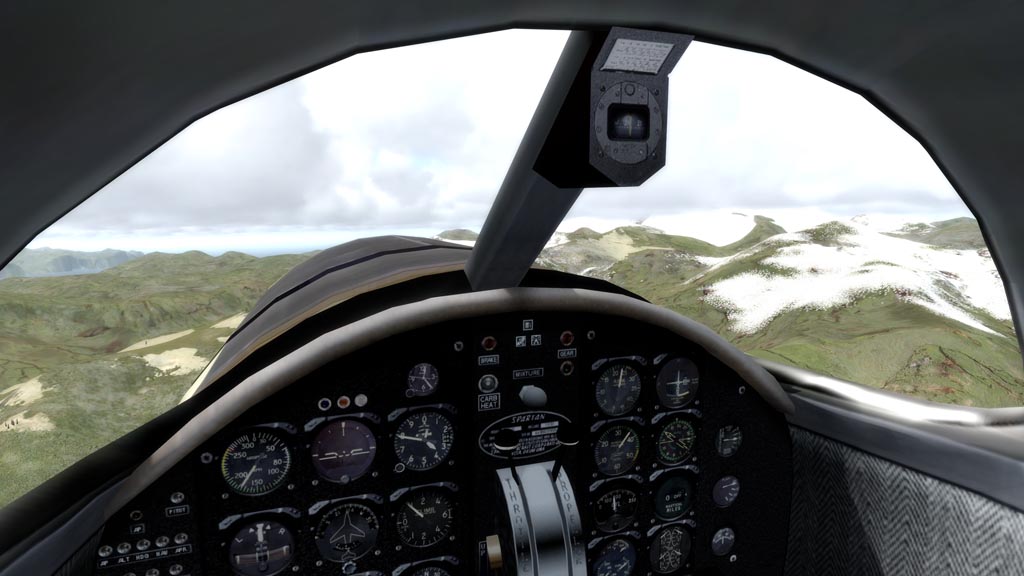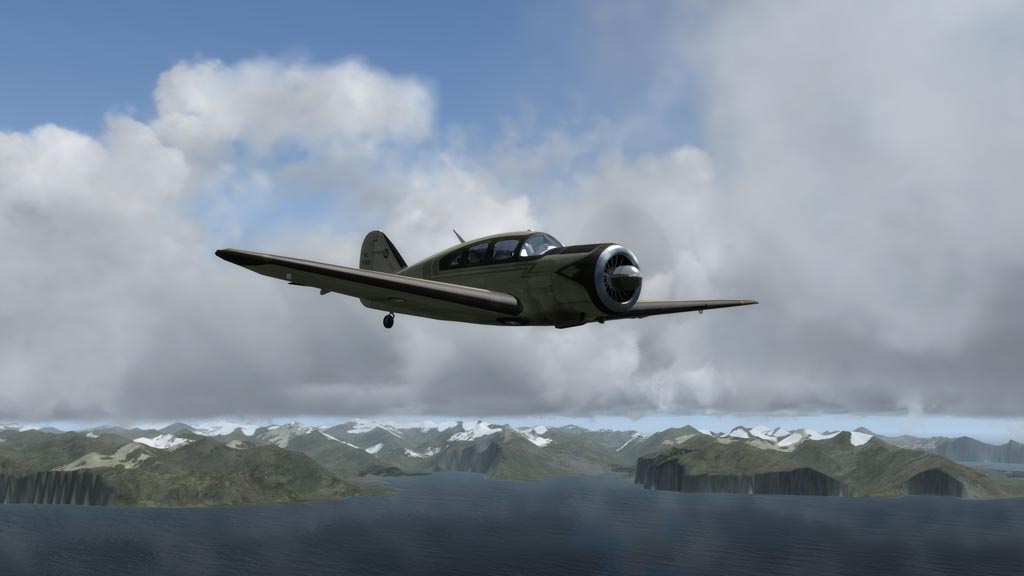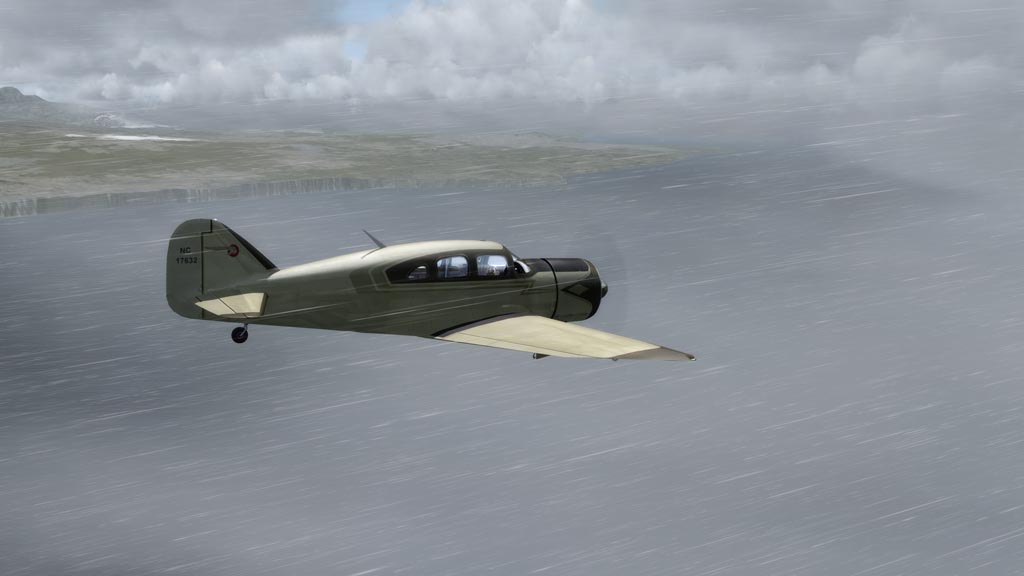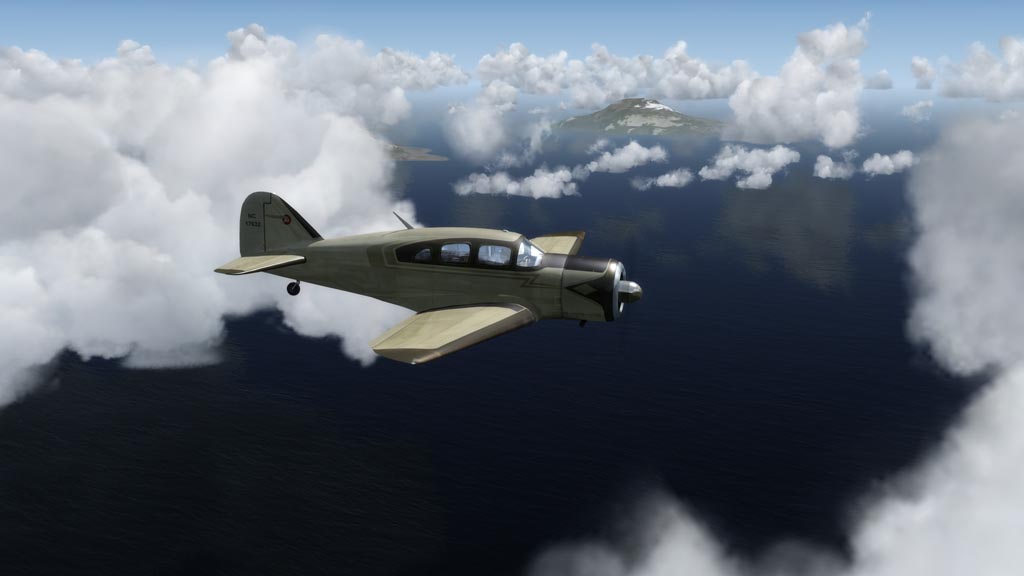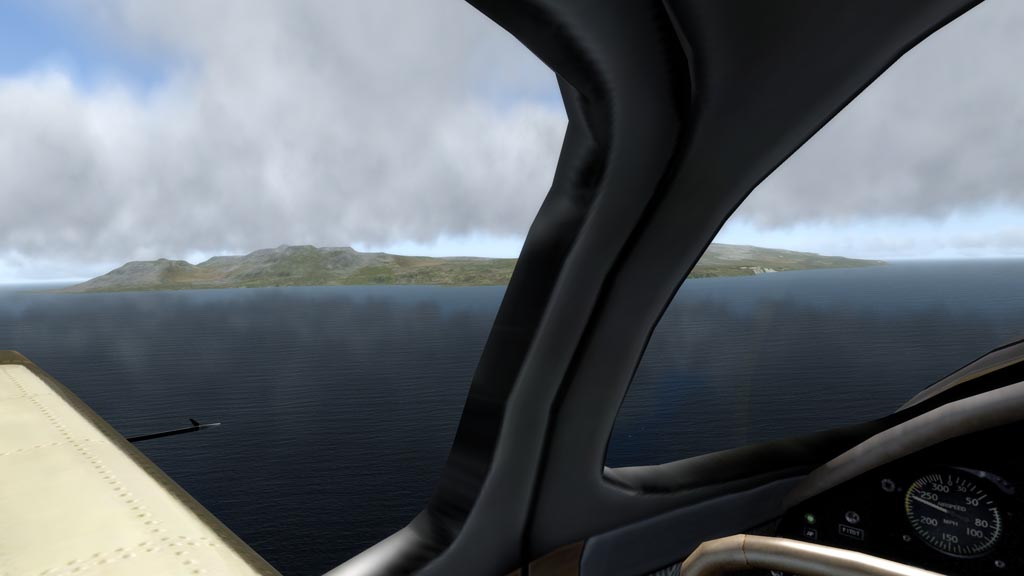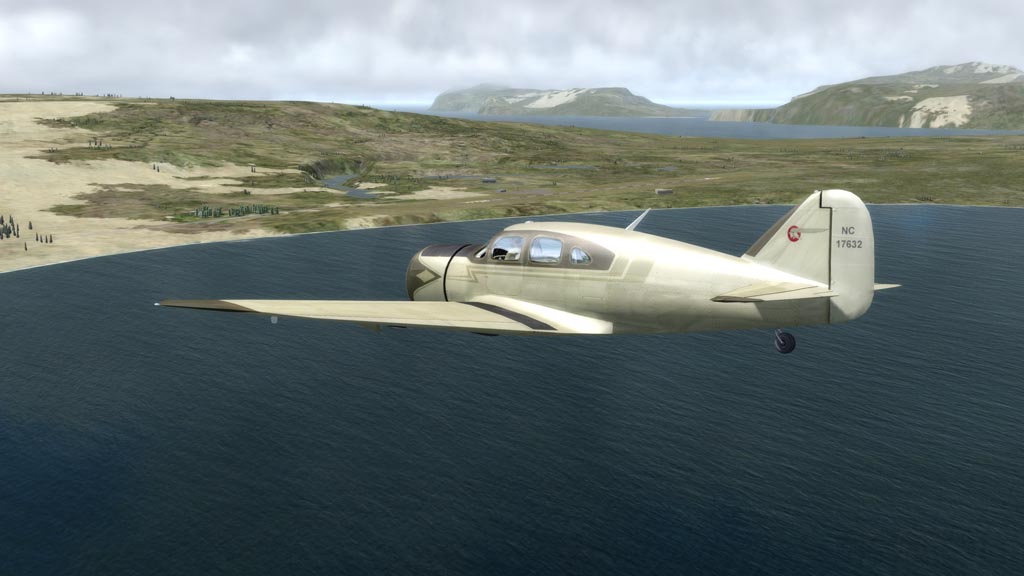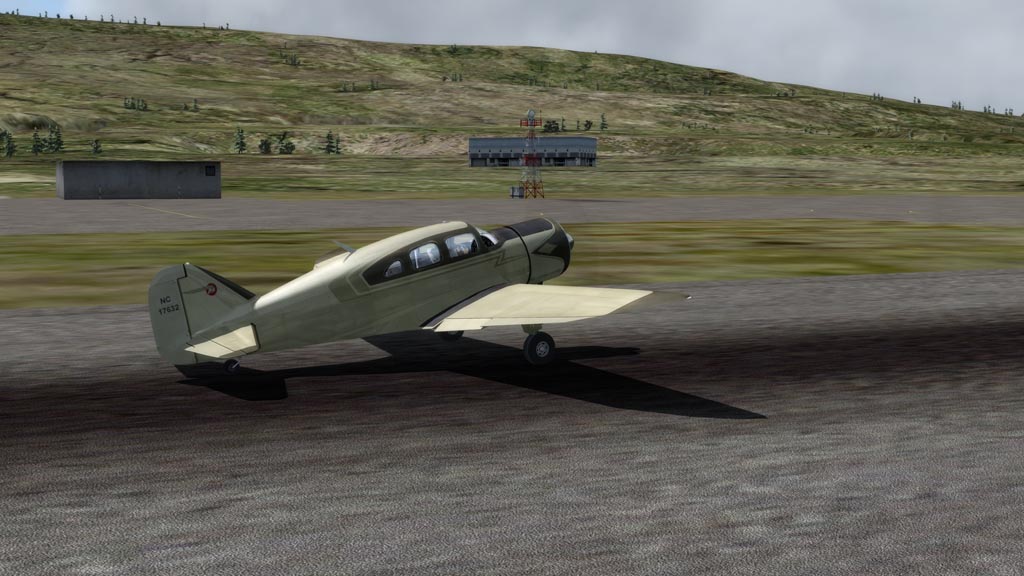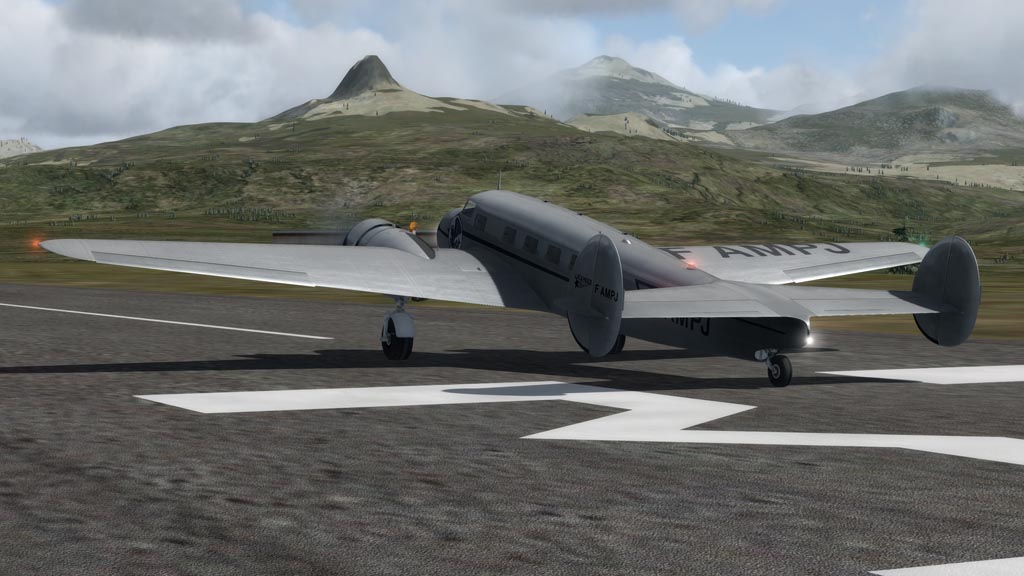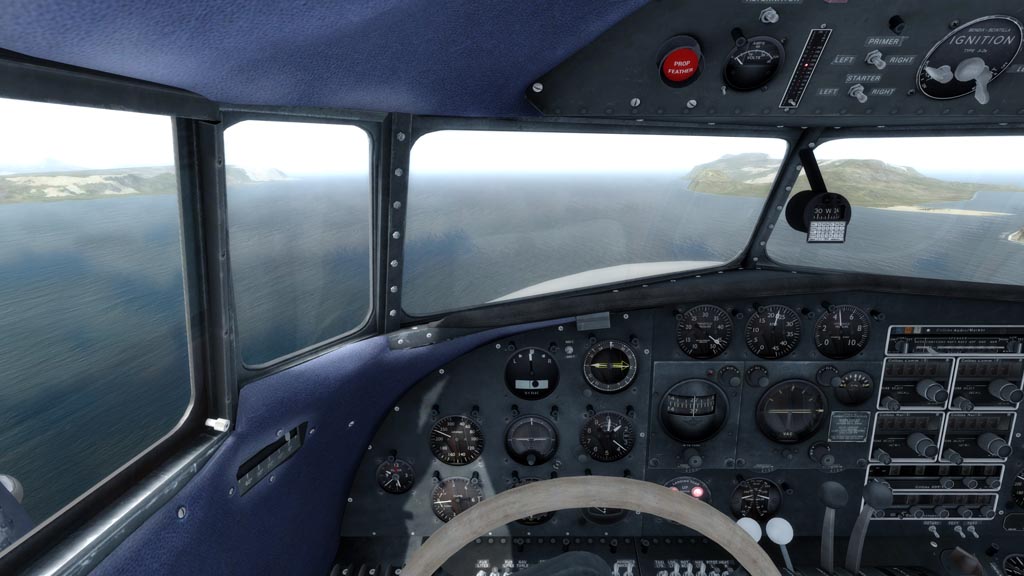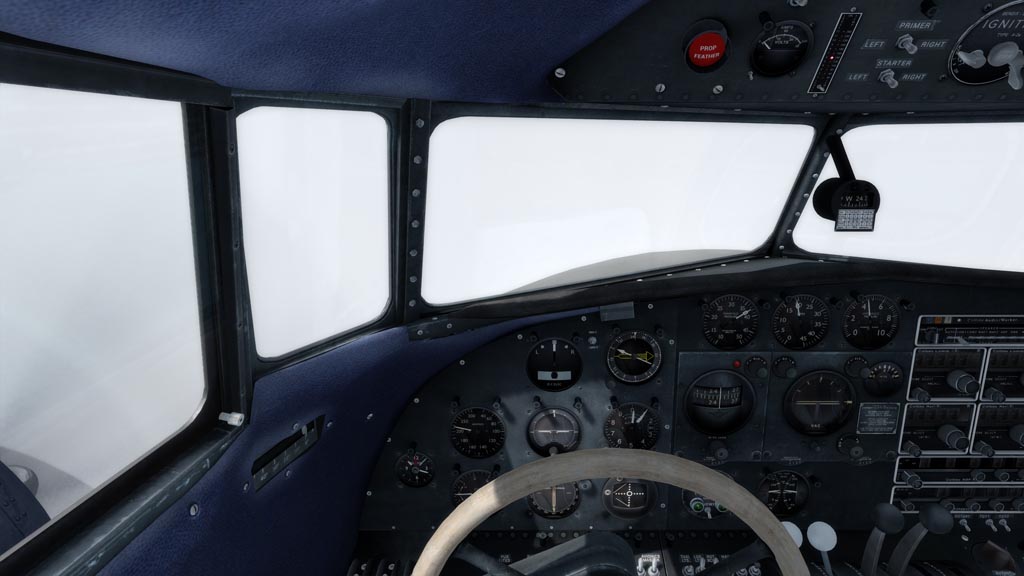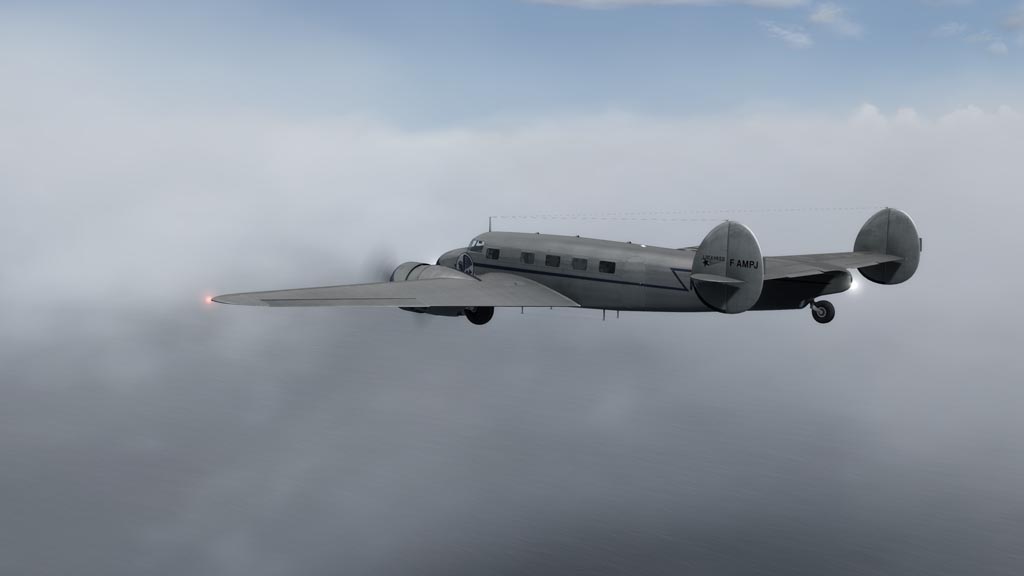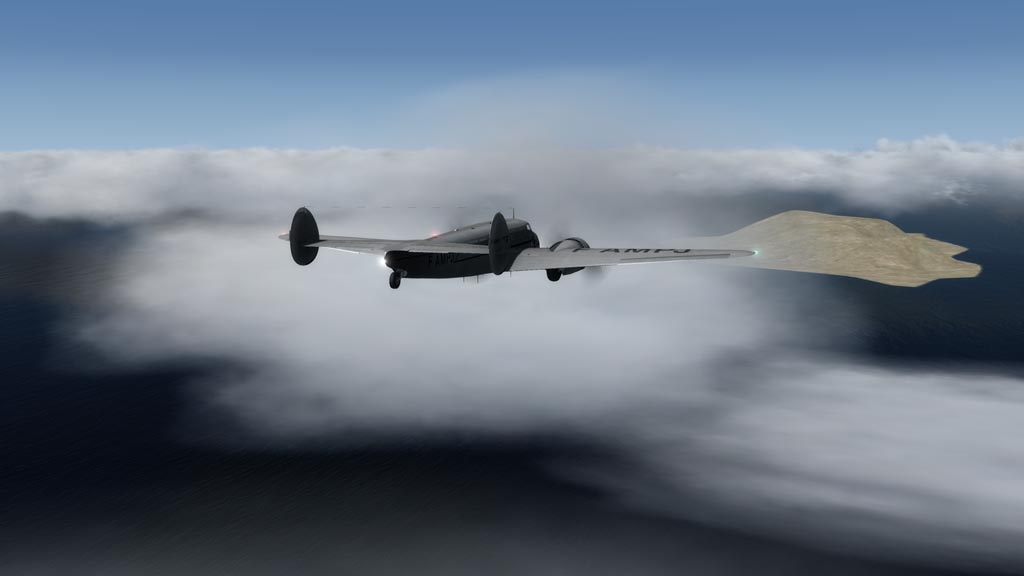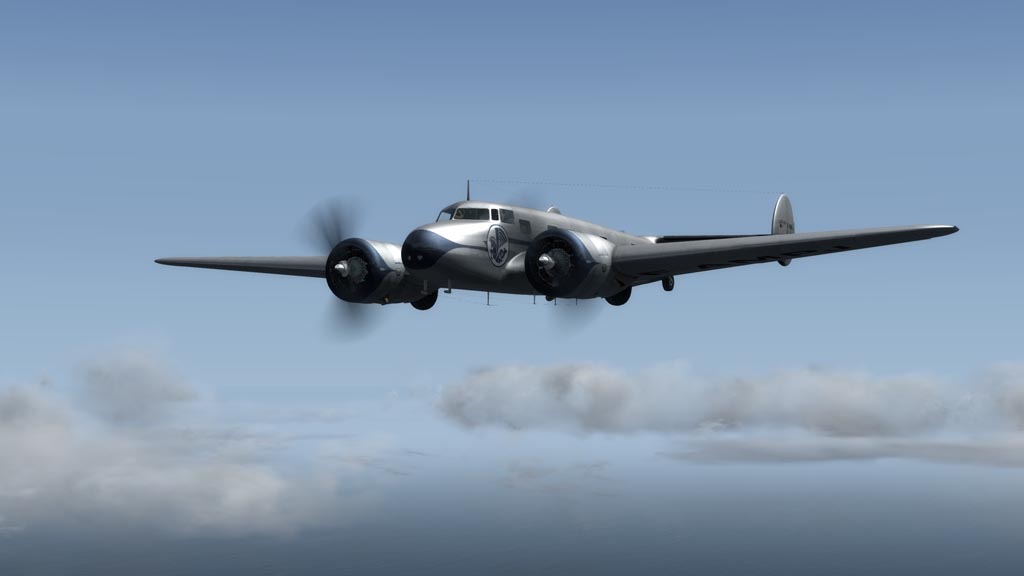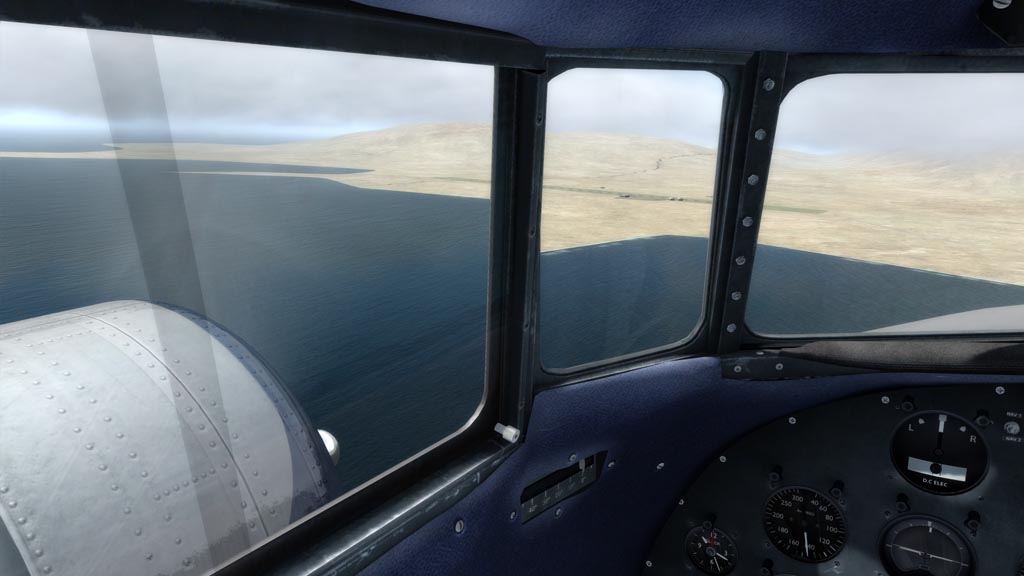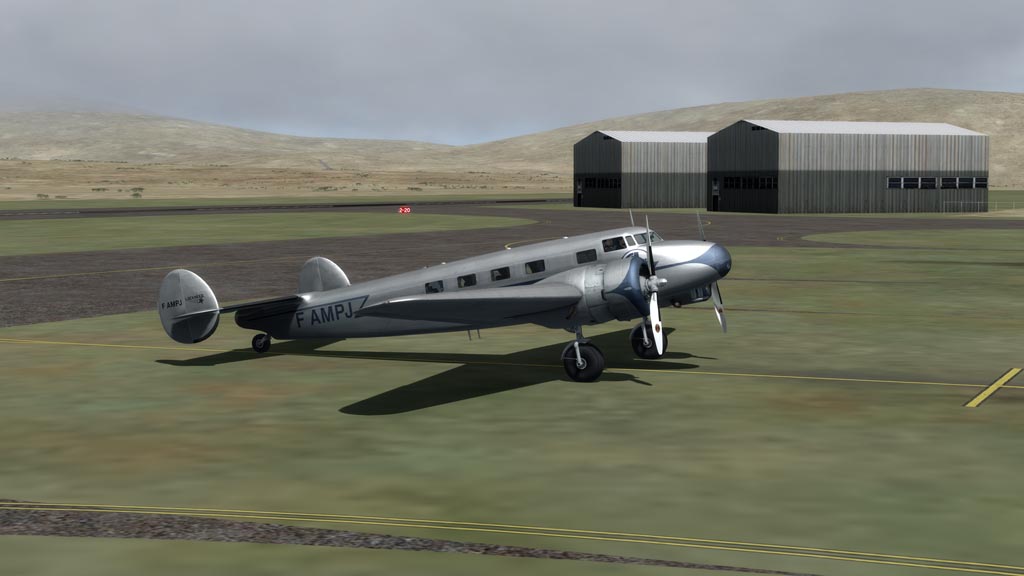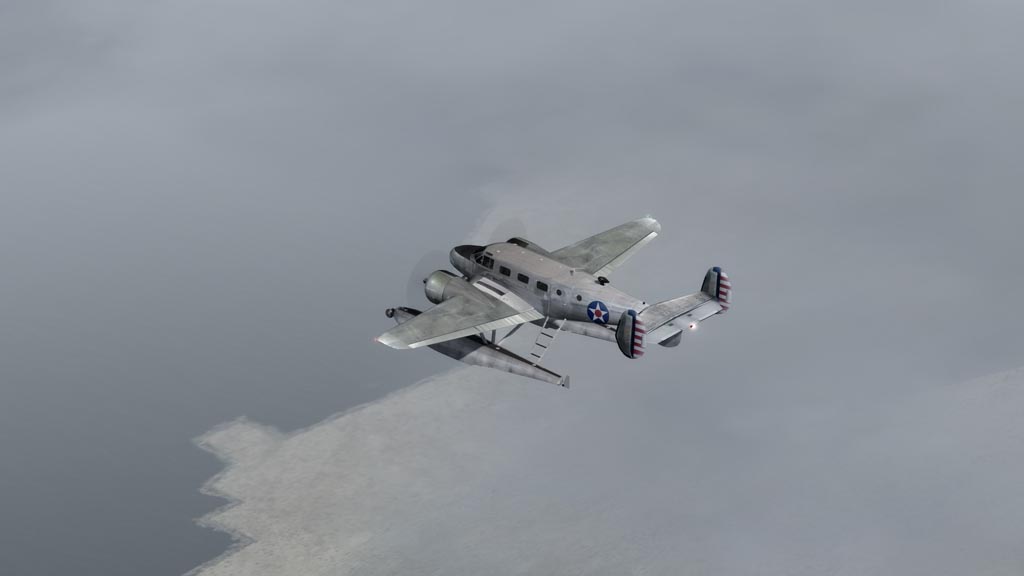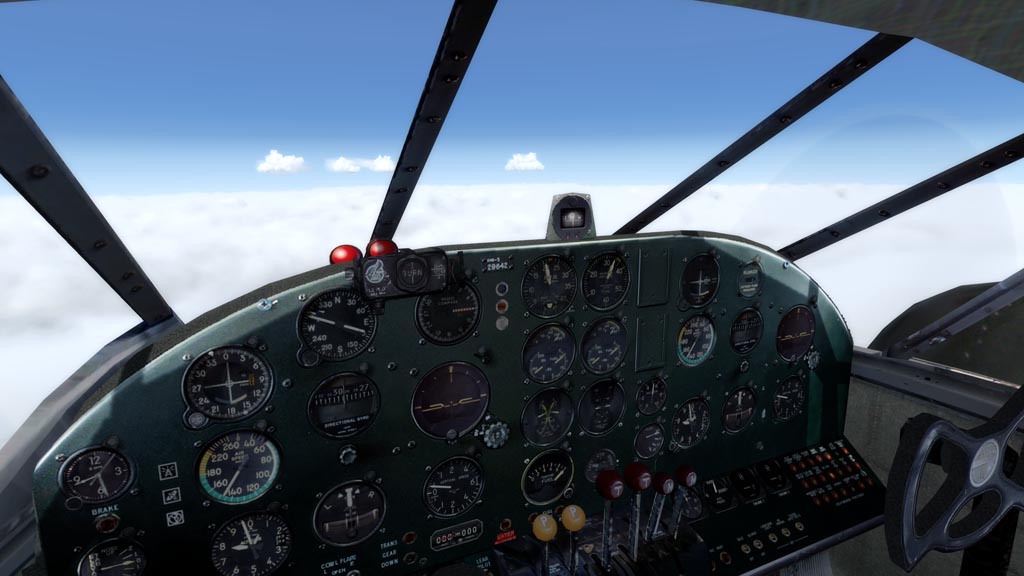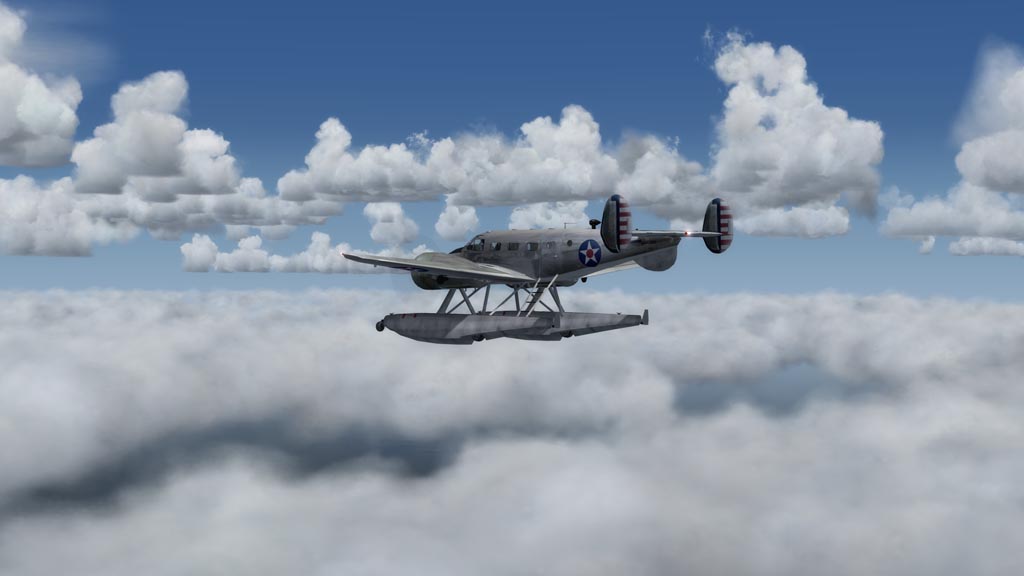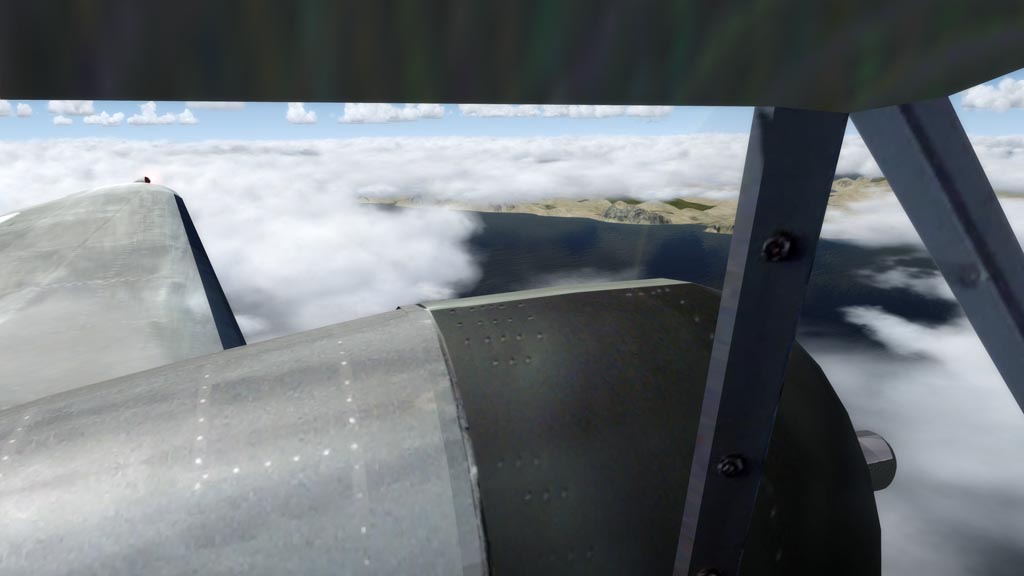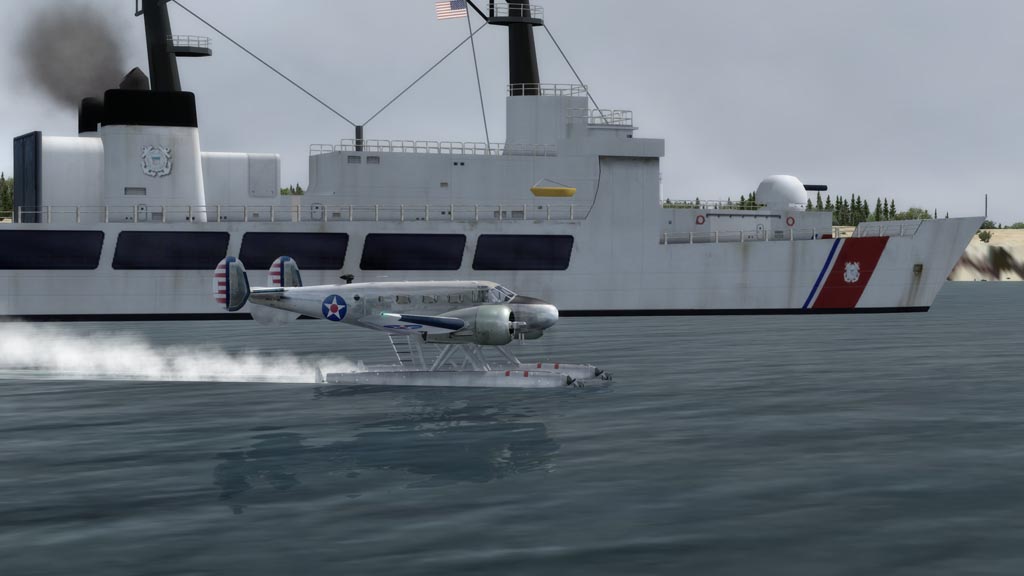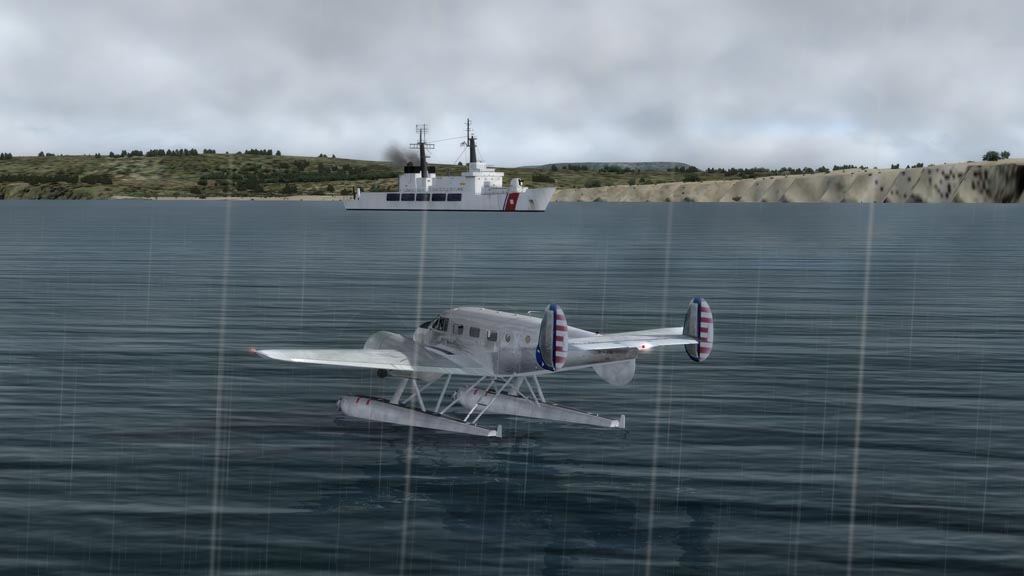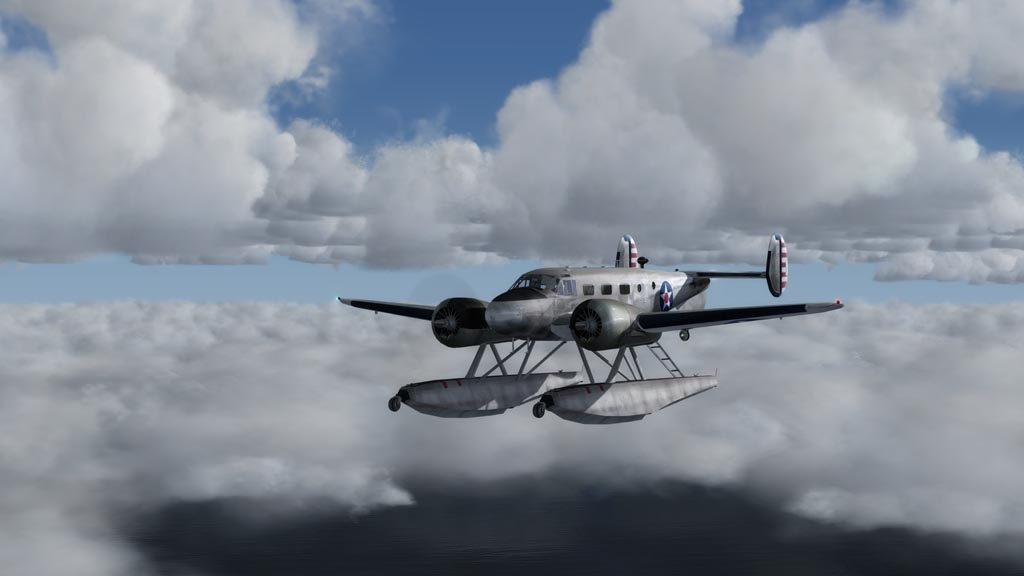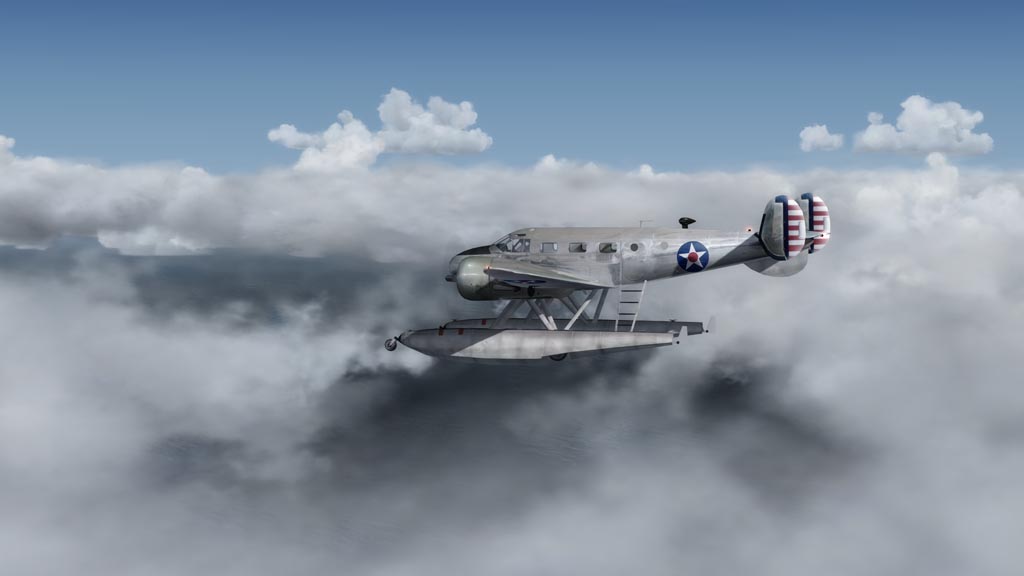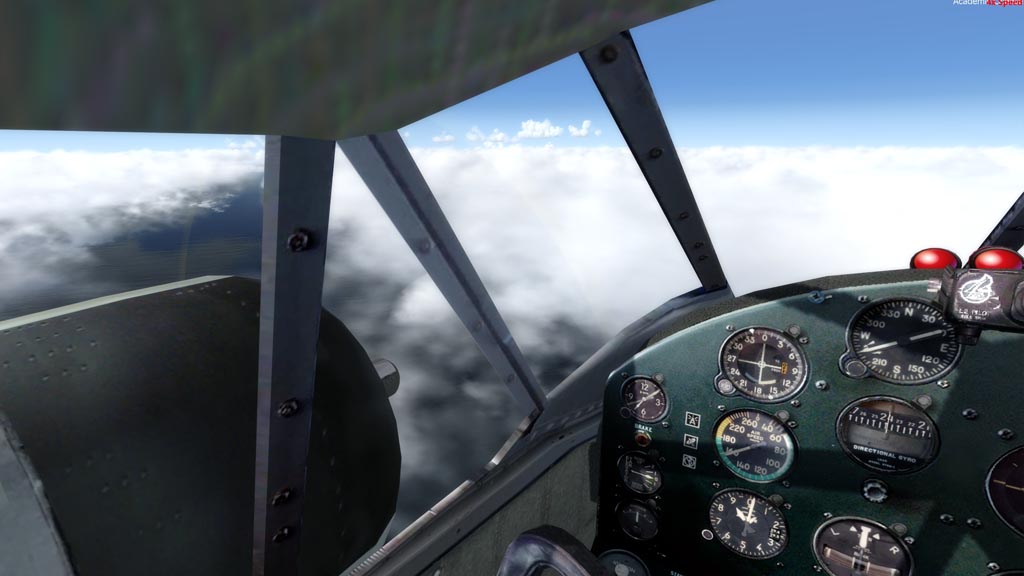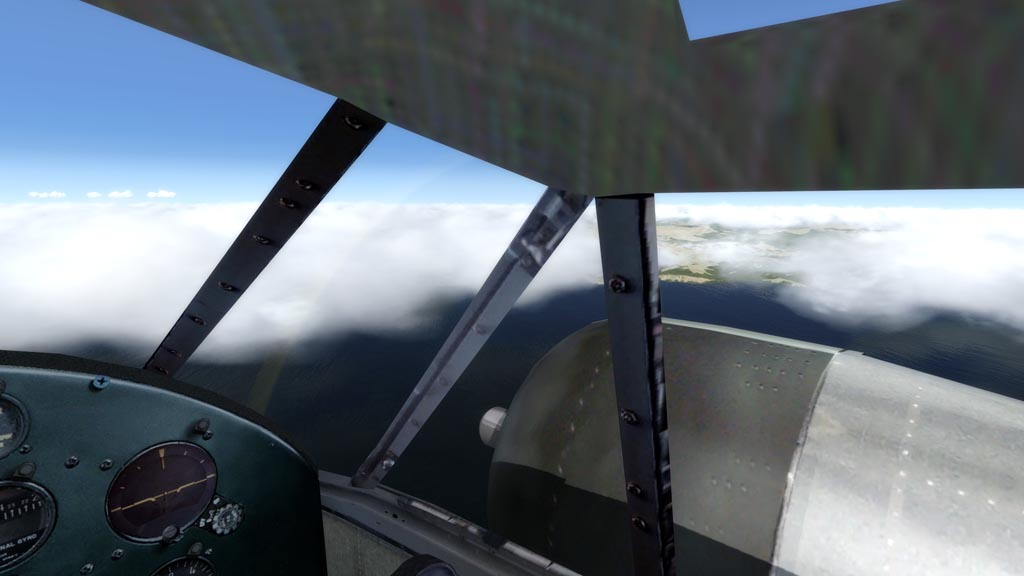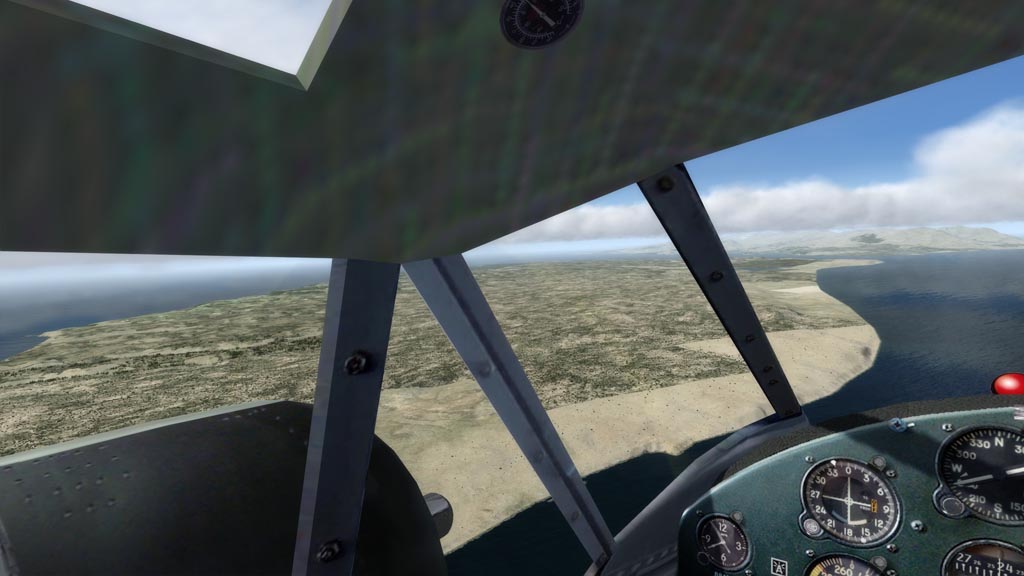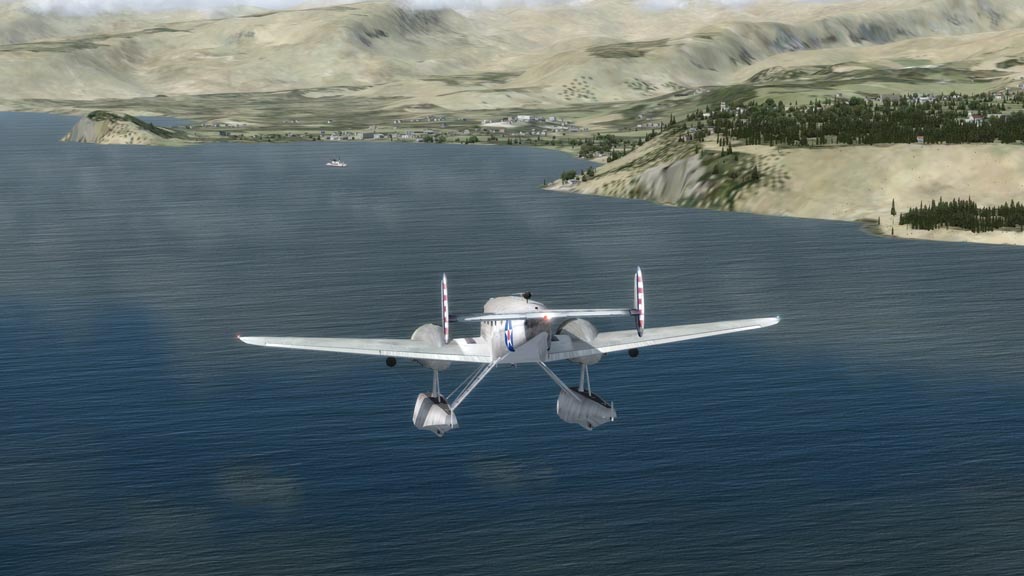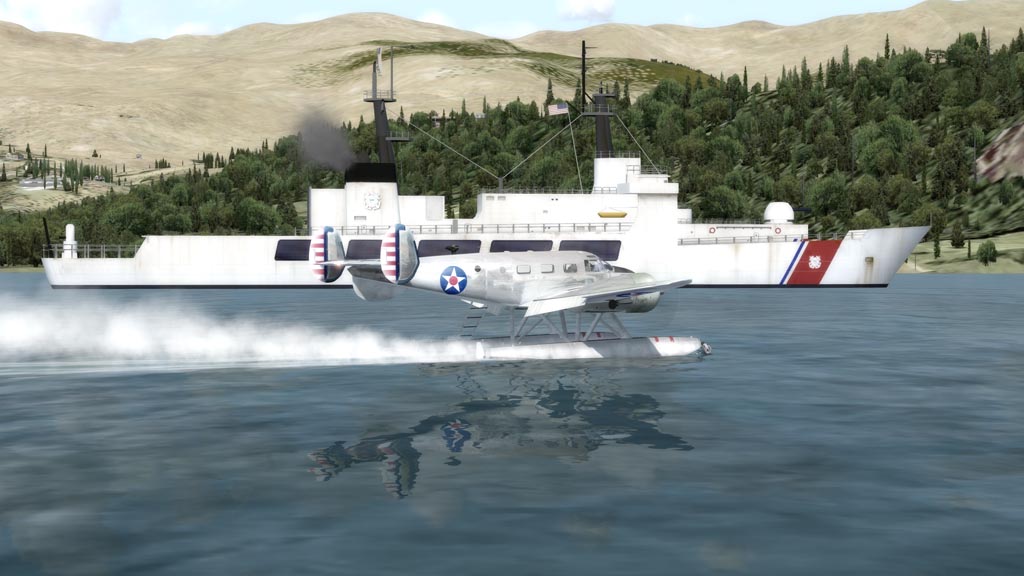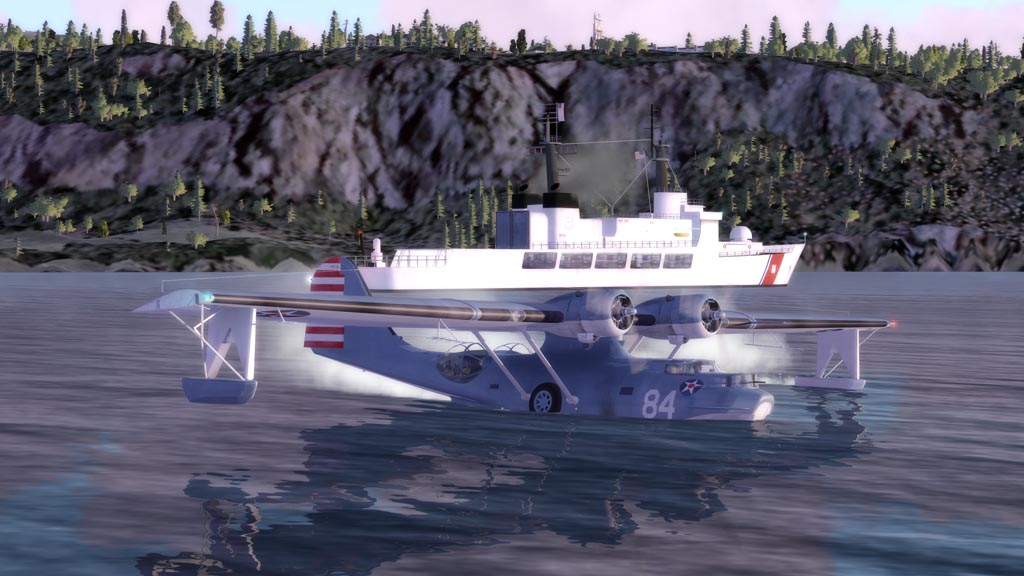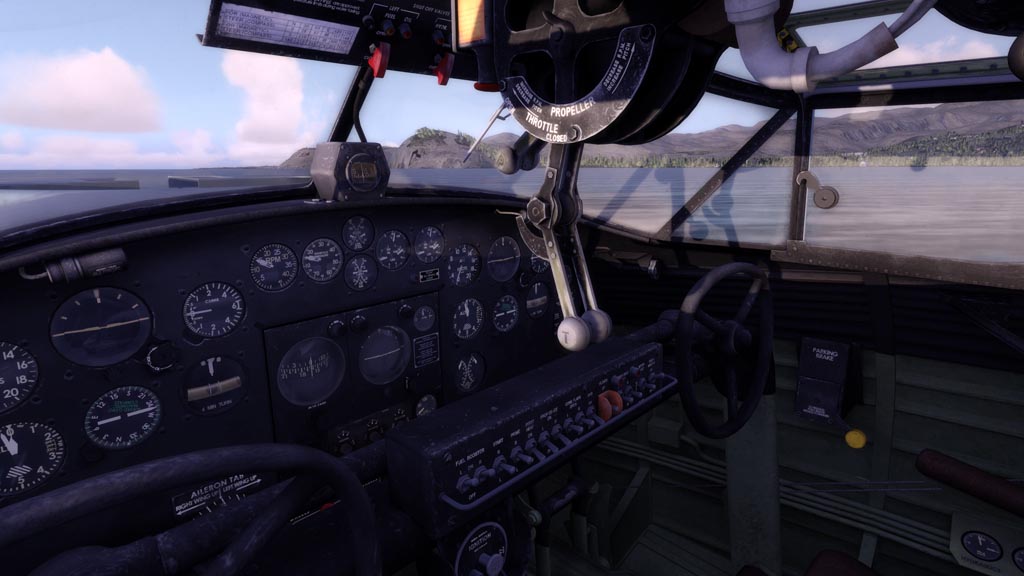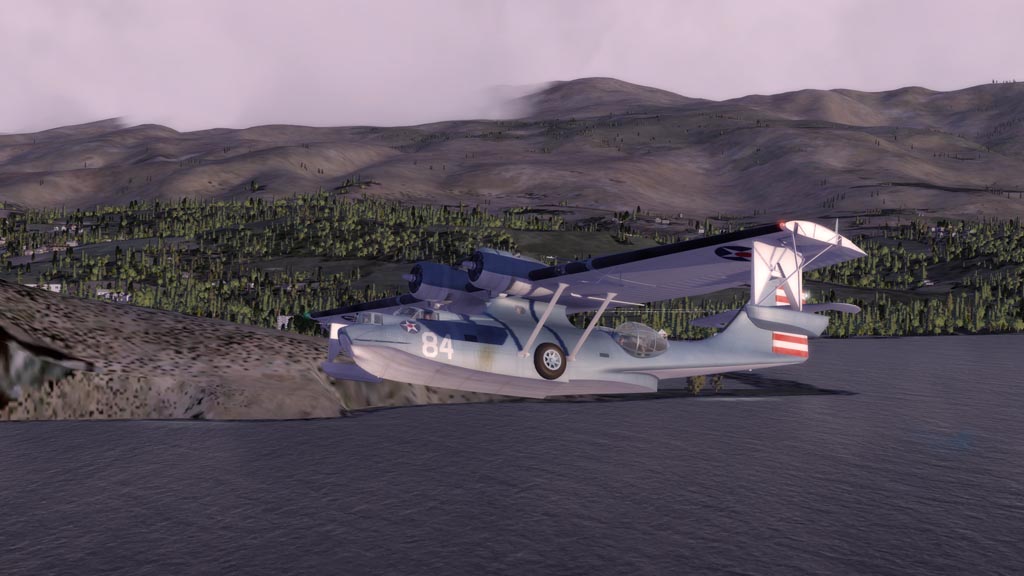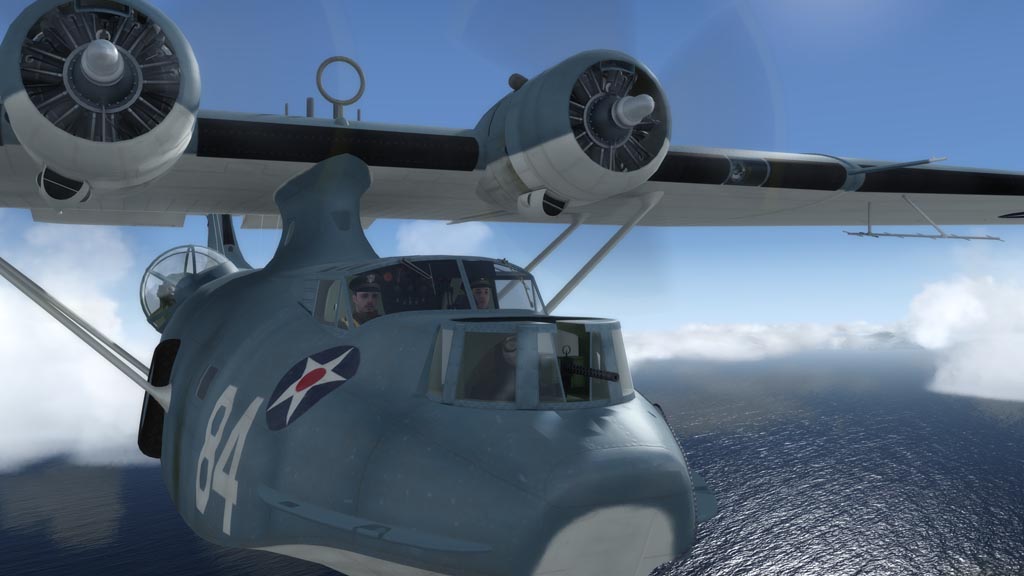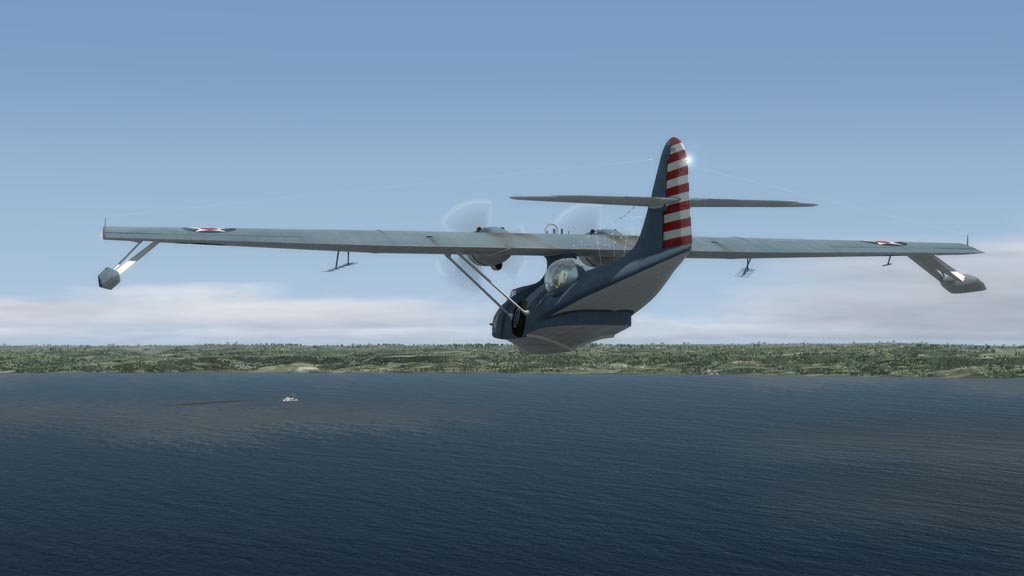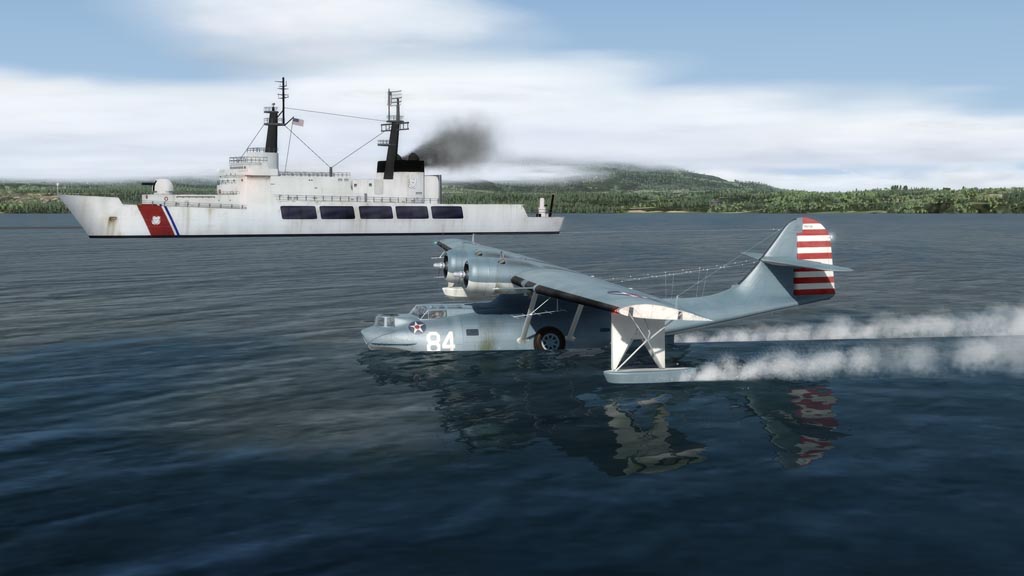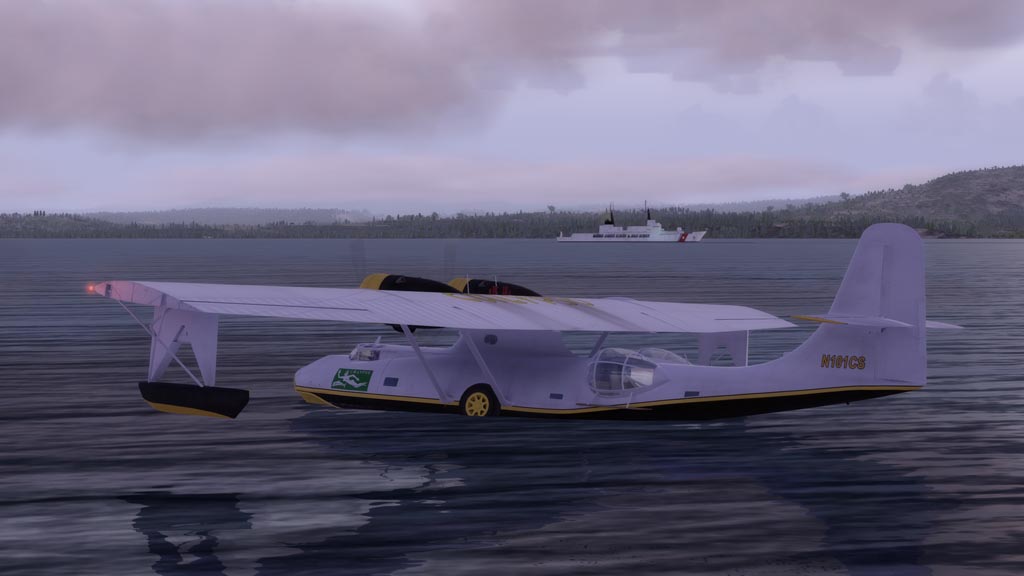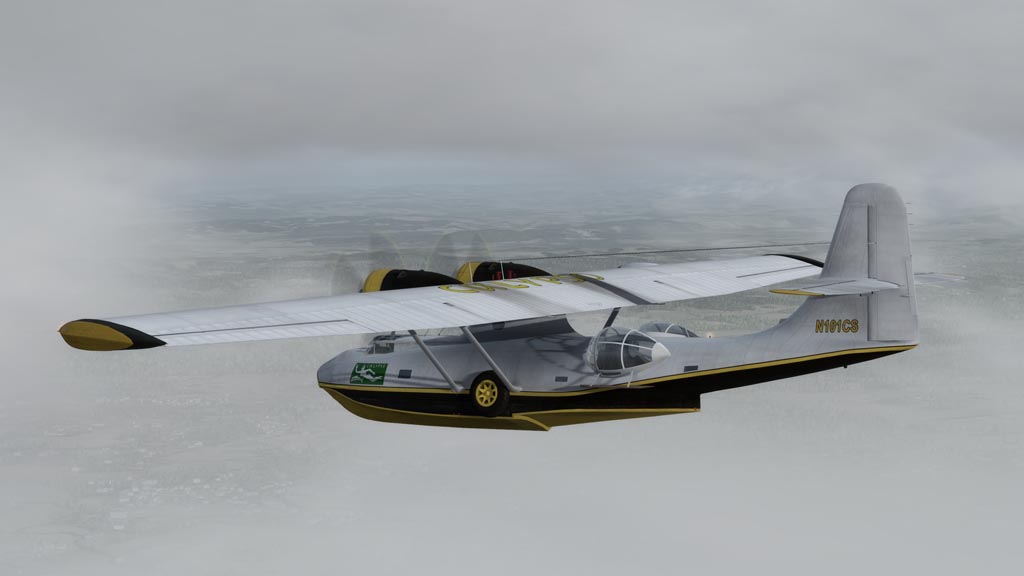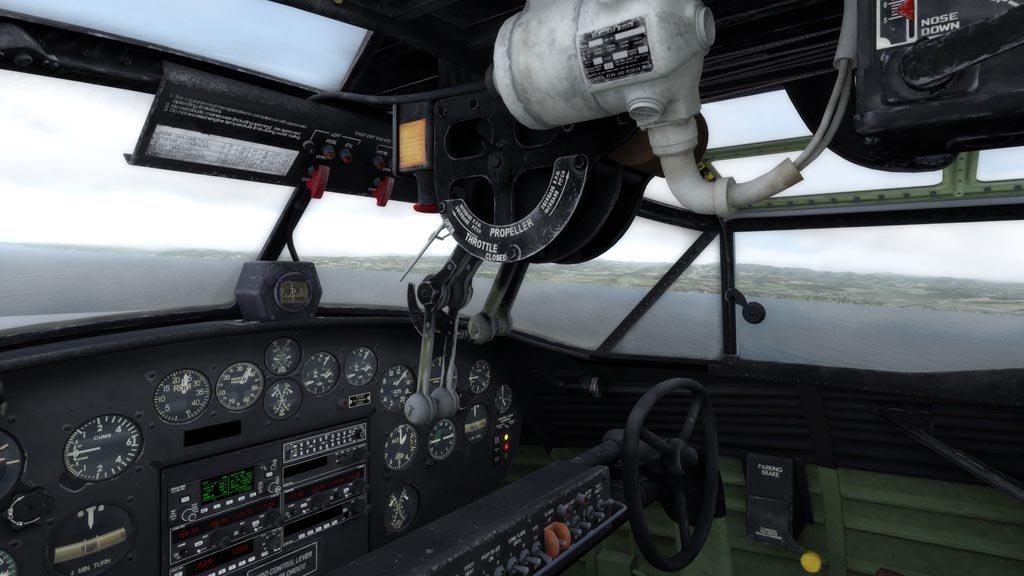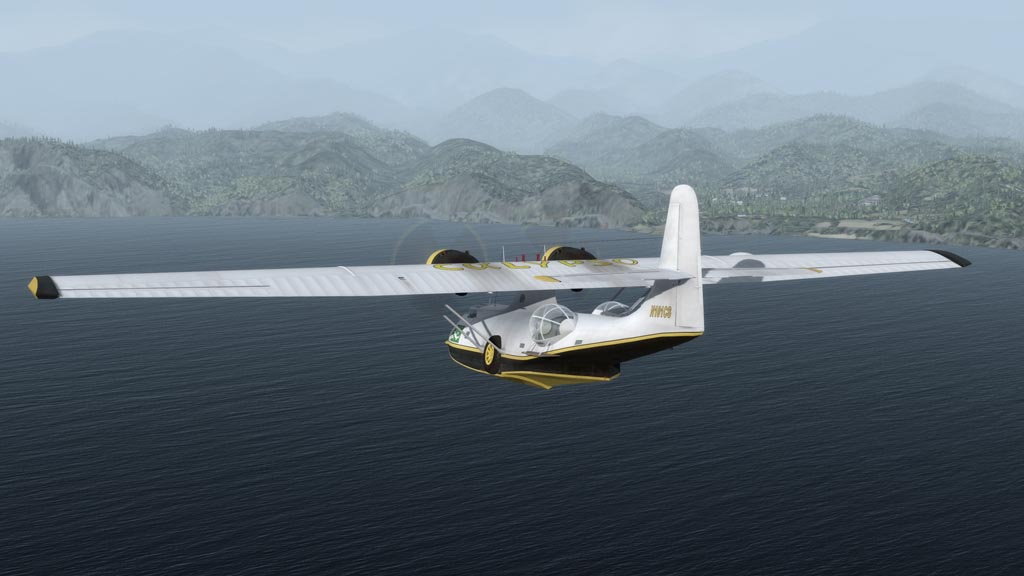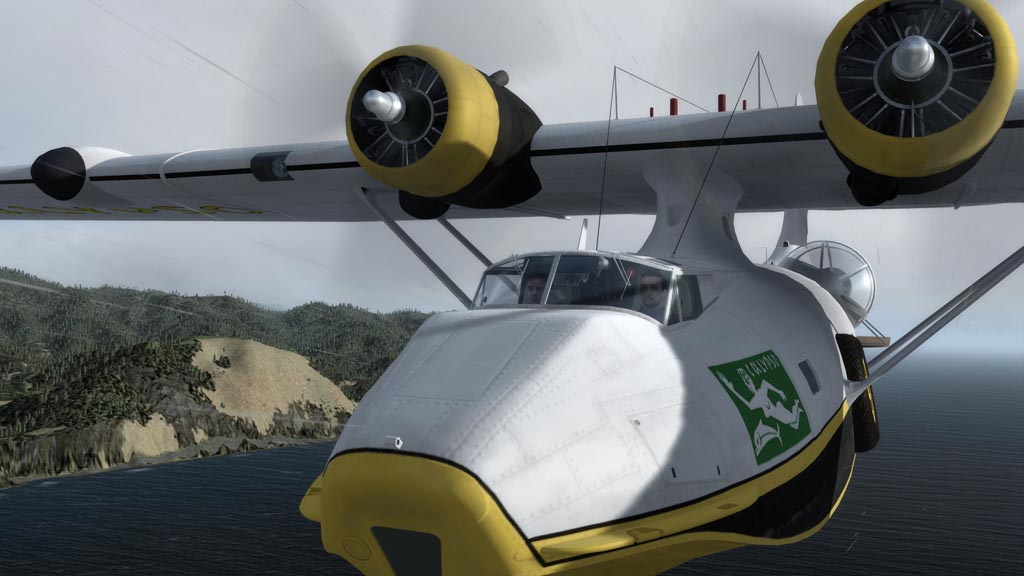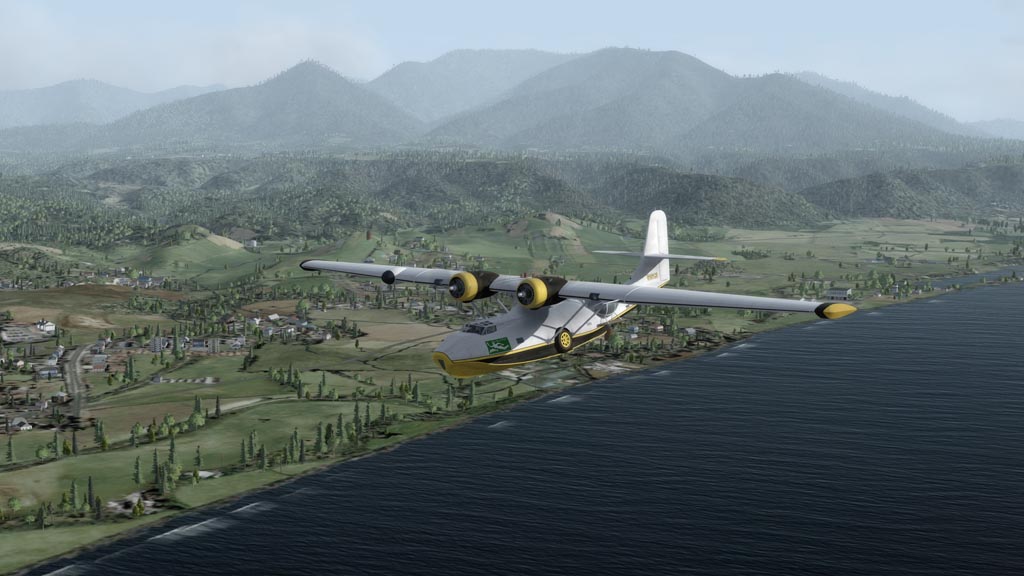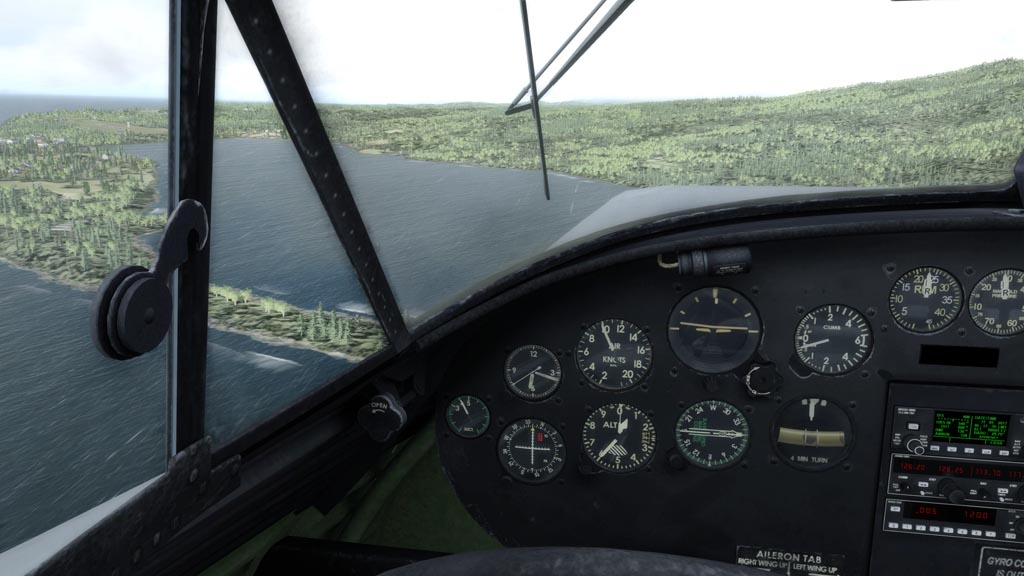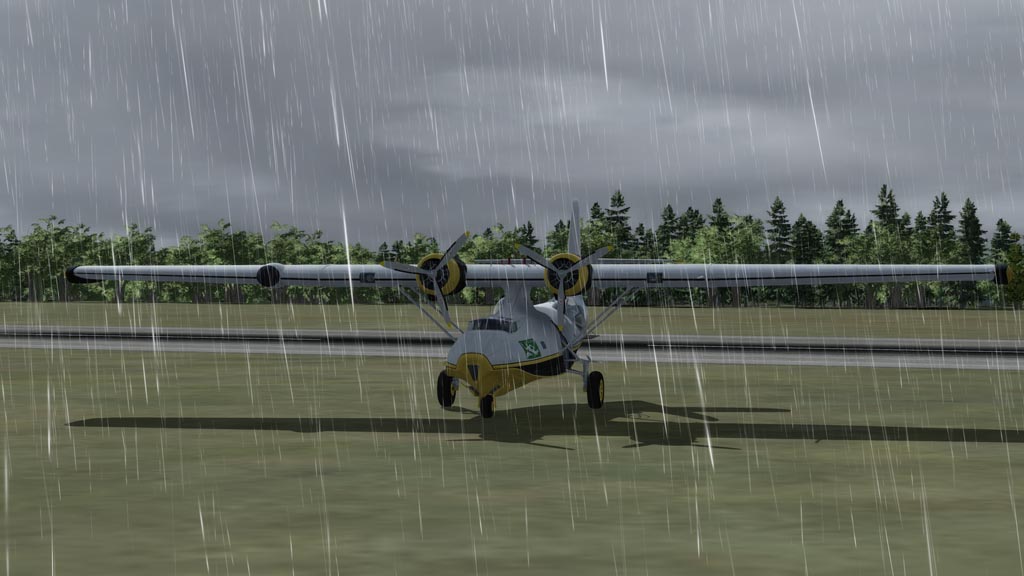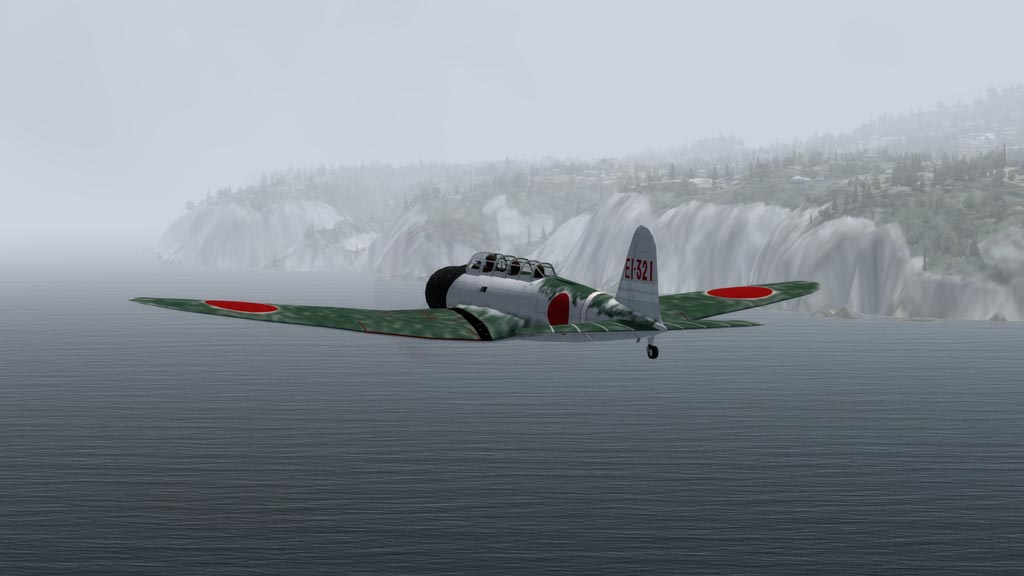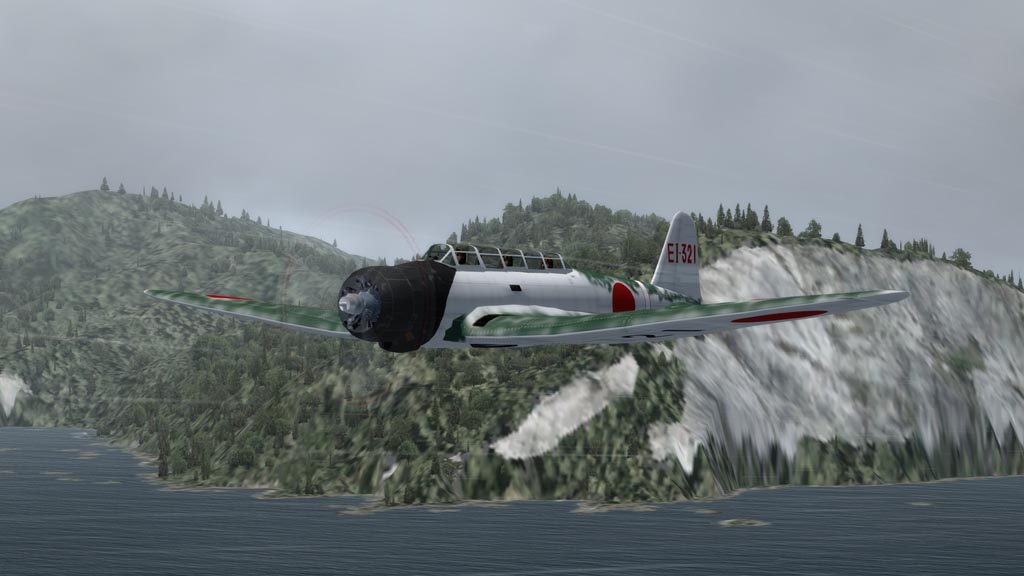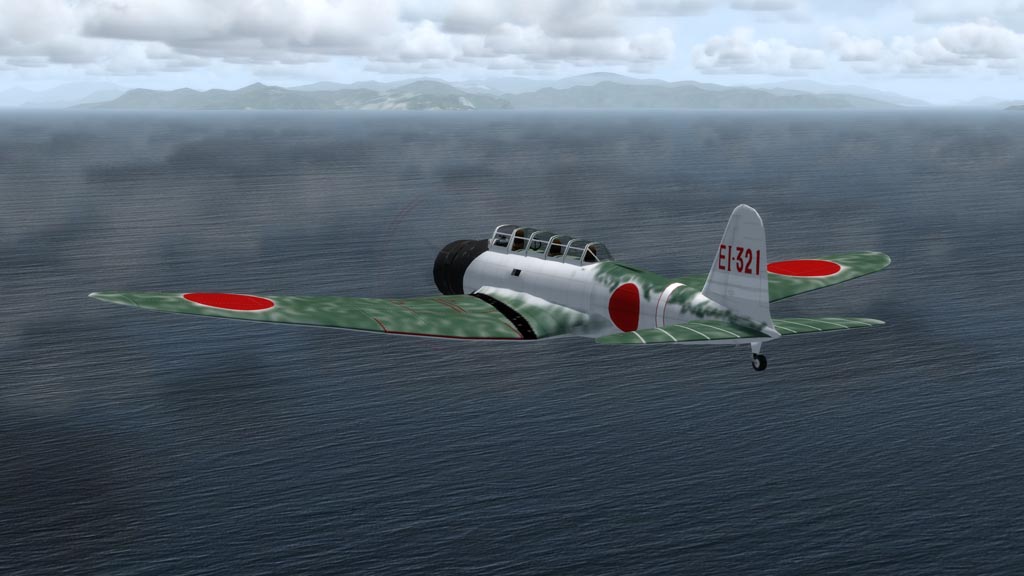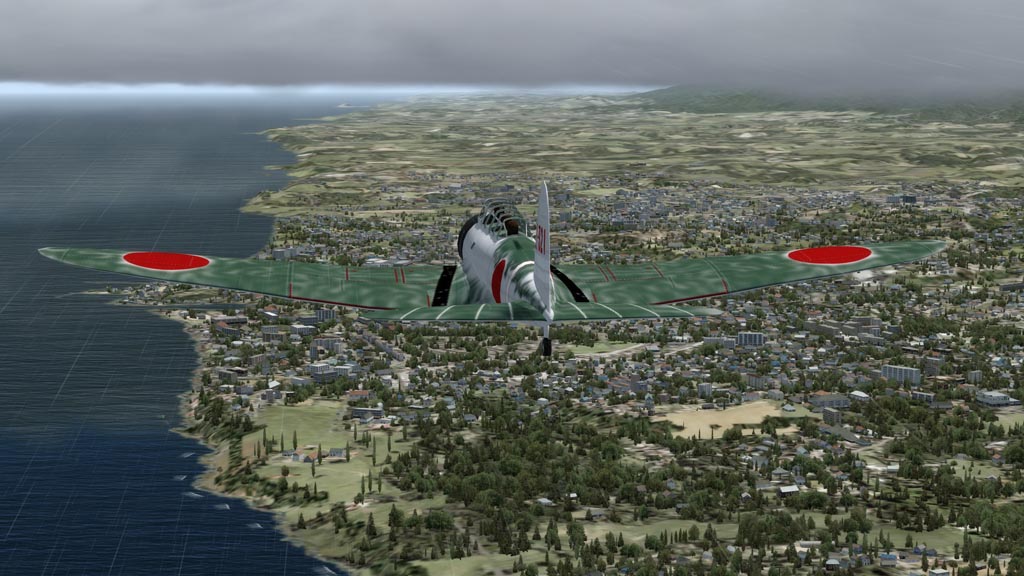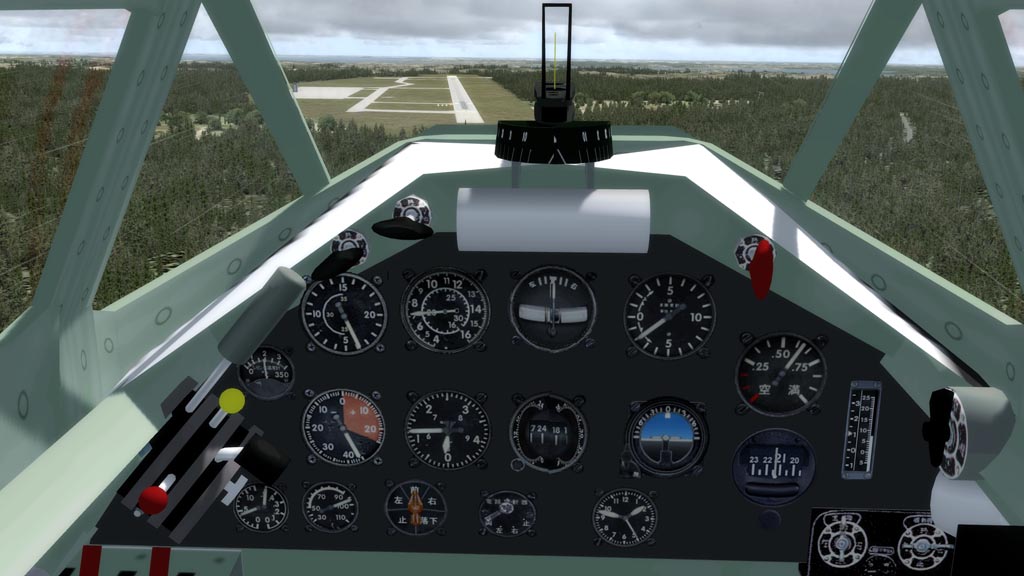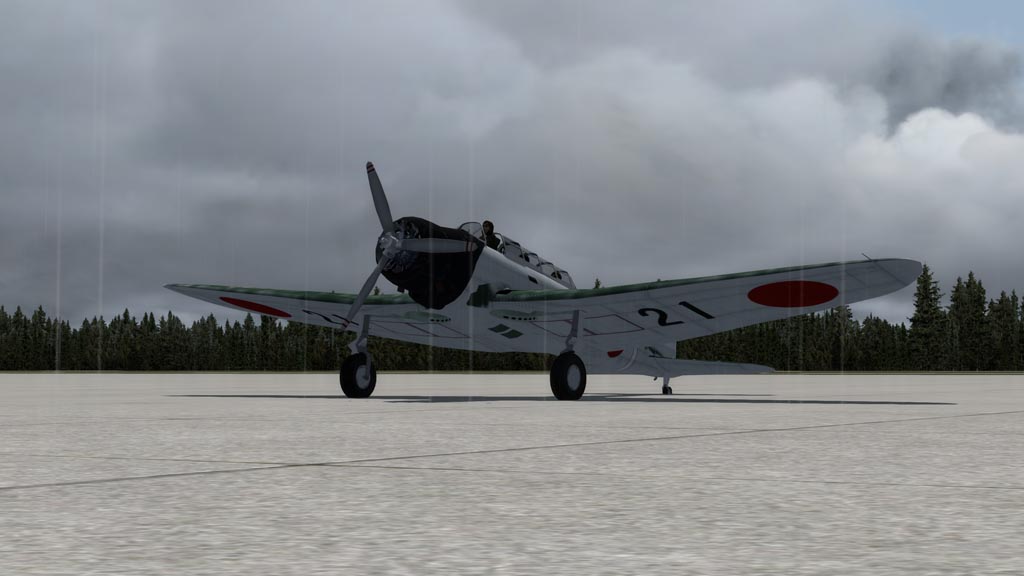blanston12
SOH-CM-2025
April 23, 1924: On the 19th Algonquin arrived at Kanatak with the new engine for Seattle. In blowing snow they managed to install by the morning of the 22nd. On the morning of the 23rd the men of the village helped Martin and Harvey break up the ice that was forming around the floats and tow the Seattle from the pond they had been working, down the stream to the bay where it was now calm enough to take off. Visibility was too bad to fly a direct compass heading to Chignik and at one point the weather became so bad they landed in a protected cove until the weather cleared. After waiting an hour and a half the storm eased and they then few the remaining distance to Anchorage bay and the village of Chignik.
July 9, 2017: Today I got ready the Grumman Gulfhawk II ready for flight. The Gulfhawk was a custom civilian conversion of the F3F-1 fighter. The F3F was the US Navy’s last biplane fighter, with retractable landing gear, and enclosed cockpit and a 1,000 hp Wright Cyclone engine. It first flew in 1935, only 147 were built and it was retired from front line squadrons before world war 2 started but it eventually evolved into the much more successful F4F Wildcat. The model I’m using today was made for JustFlight by Airplane Heaven and is remarkably similar to the AH F3F-2. It’s nice to fly, lot of torque on takeoff but it takes off so fast it does not matter much.
My flight today from Cold Bay to Dutch harbor was uneventful, cloudy with a 3000 foot ceiling and 6 kn winds. This is probably the fastest aircraft I have flown so far and it made short work of the 155 nm flight. I landed after 51 minutes of flying.
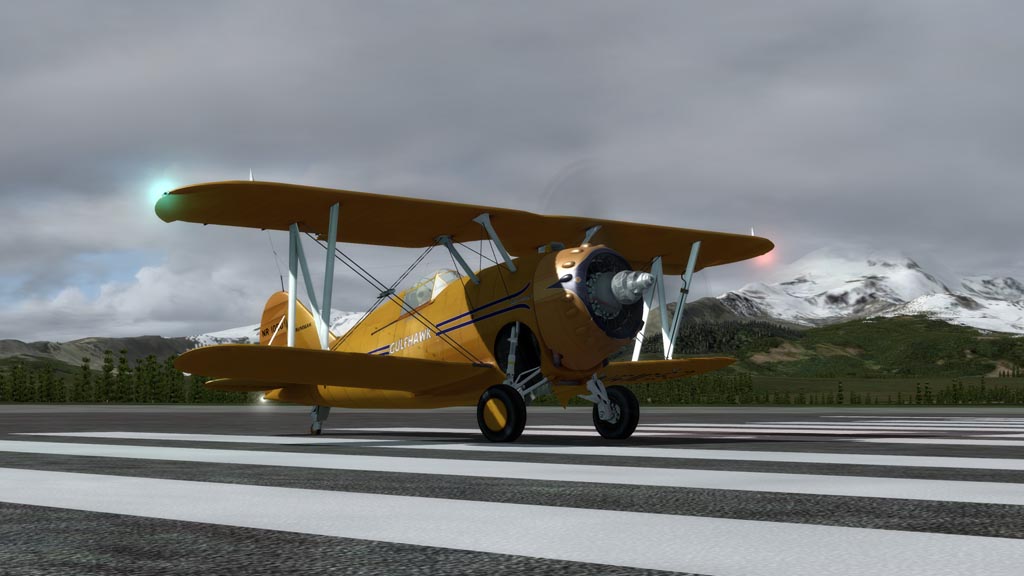
Ready for takeoff.
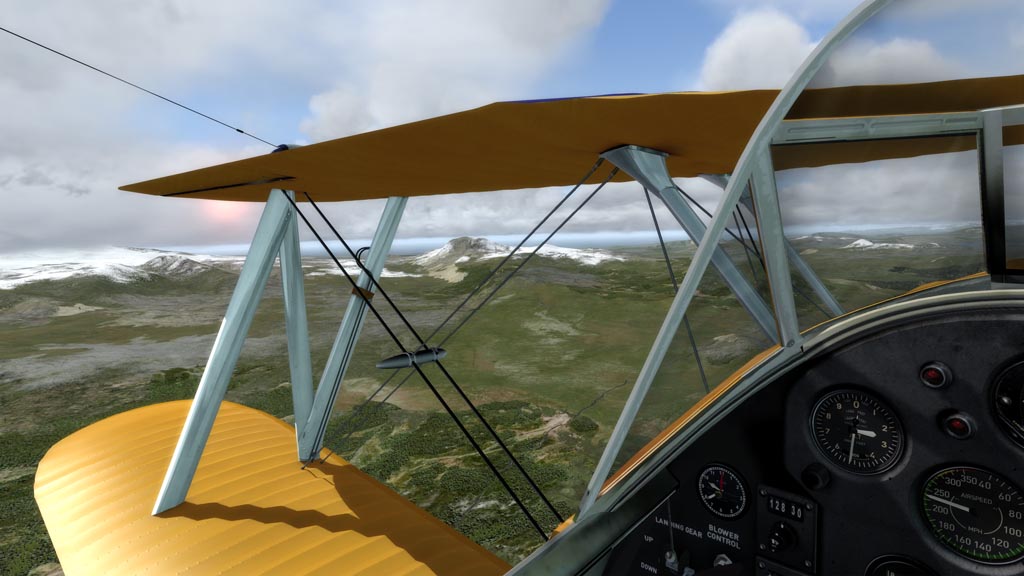
Flying over the Alaska Peninsula, canopy open.
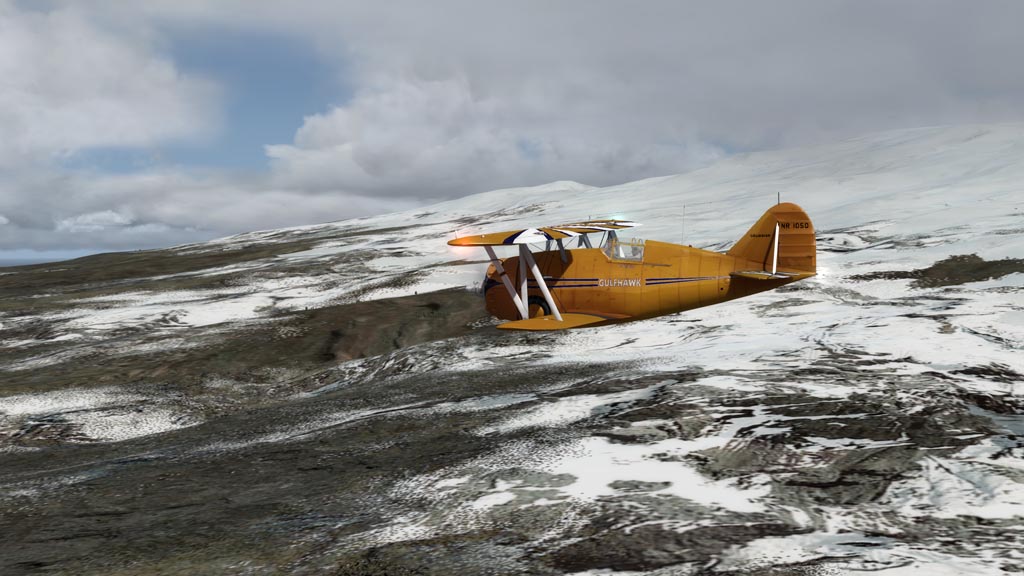
Scenery here is not as dramatic as other parts of Alaska.
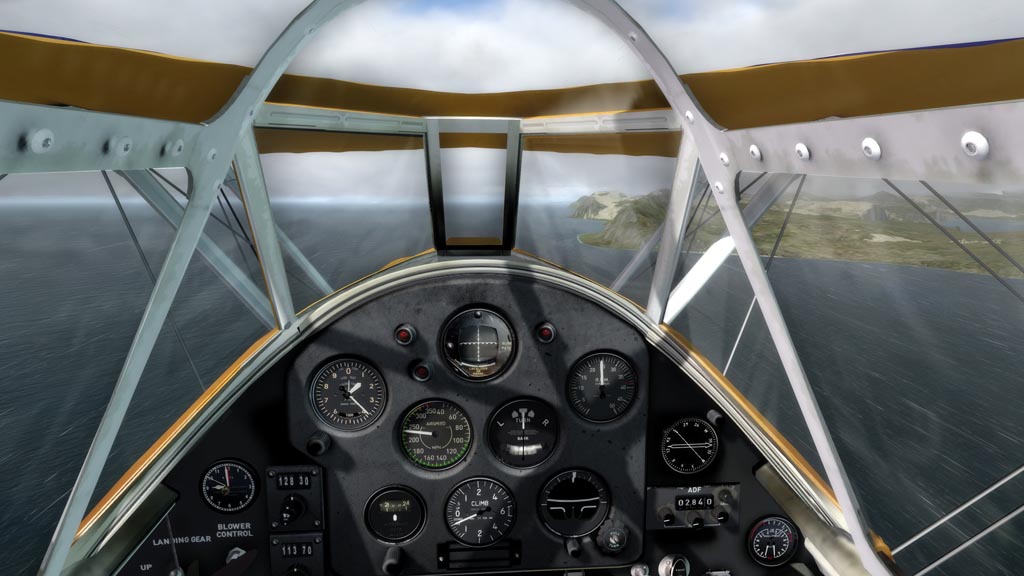
At least now we can close the canopy when the weather gets bad.
July 9, 2017: Today I got ready the Grumman Gulfhawk II ready for flight. The Gulfhawk was a custom civilian conversion of the F3F-1 fighter. The F3F was the US Navy’s last biplane fighter, with retractable landing gear, and enclosed cockpit and a 1,000 hp Wright Cyclone engine. It first flew in 1935, only 147 were built and it was retired from front line squadrons before world war 2 started but it eventually evolved into the much more successful F4F Wildcat. The model I’m using today was made for JustFlight by Airplane Heaven and is remarkably similar to the AH F3F-2. It’s nice to fly, lot of torque on takeoff but it takes off so fast it does not matter much.
My flight today from Cold Bay to Dutch harbor was uneventful, cloudy with a 3000 foot ceiling and 6 kn winds. This is probably the fastest aircraft I have flown so far and it made short work of the 155 nm flight. I landed after 51 minutes of flying.

Ready for takeoff.

Flying over the Alaska Peninsula, canopy open.

Scenery here is not as dramatic as other parts of Alaska.

At least now we can close the canopy when the weather gets bad.


